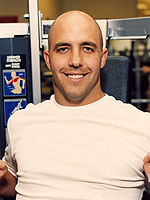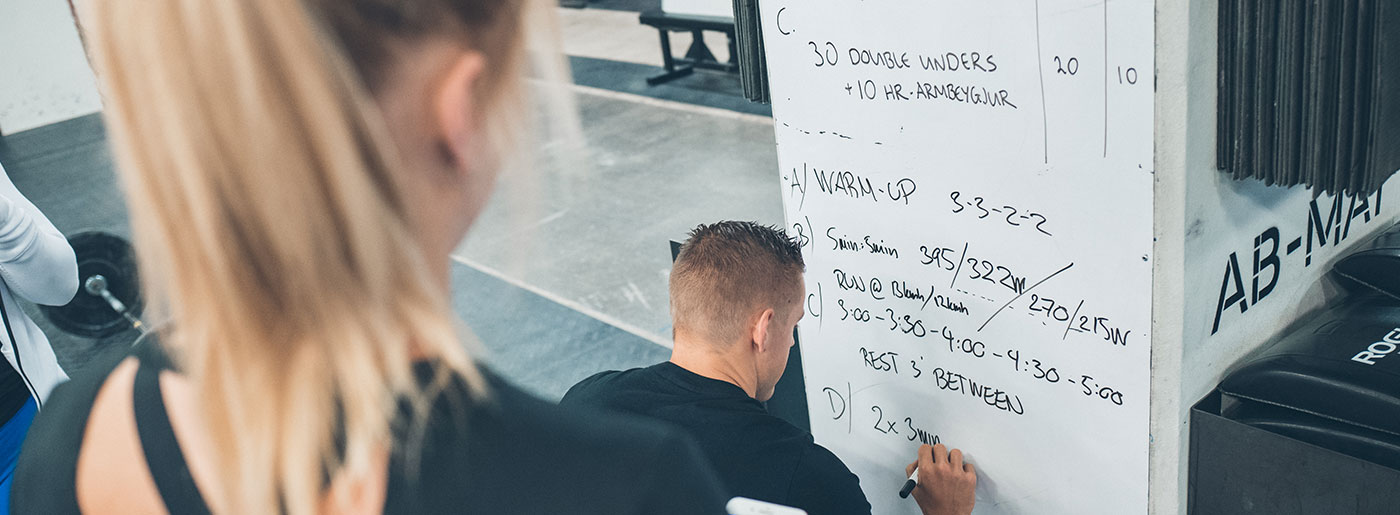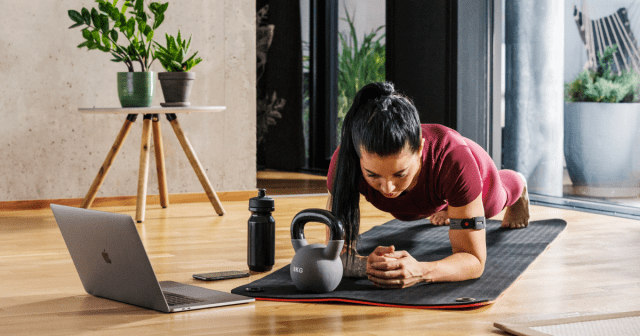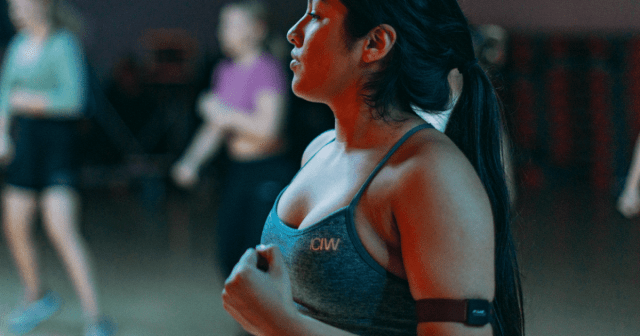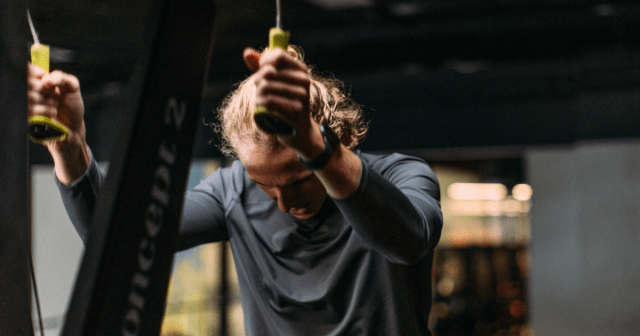Started a fitness program and then quit after a week or two? Maybe your motivation for starting wasn’t right to begin with? Maybe you didn’t know your physical limitations or set unrealistic goals?
Here are five fitness fundamentals that will help you succeed in your fitness endeavours, whether you’re just getting started or a seasoned athlete returning to exercise. Fitness coach Joe Yager – whose passion is to help people of every shape, size, age, and fitness level – shares his advice on how to lay the foundation for any successful health and fitness program based on over 20 years of personal coaching experience.
These fitness principles apply to everybody and every body.
1. Start now
You engage in fitness either because
a) you want to (good choice)
b) you have to.
Waiting until you “have to” because of immobility, disease, or health risks is never the best choice but it’s never too late to start.
It just might mean you have to start small and work your way up to a better and fitter you.
While a healthy diet and lifestyle may not guarantee a long life, it can often make the difference of living a pain- and medicine-free life versus one regulated by a pill.
2. Determine what motivates you
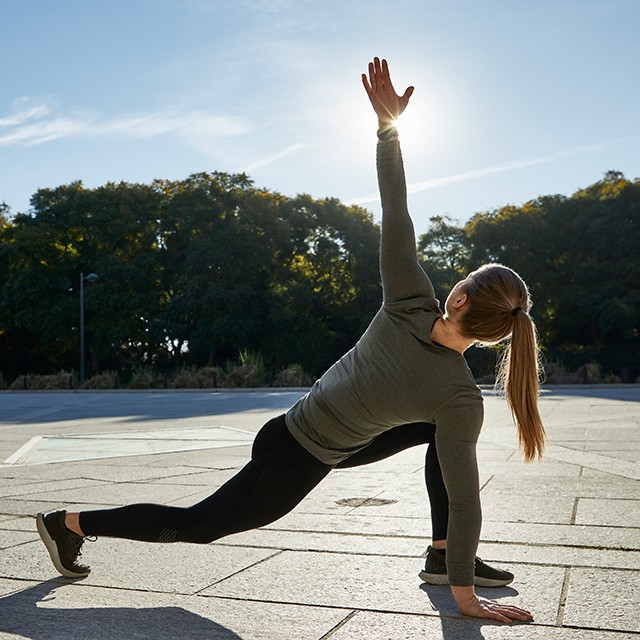
Whether it’s winning a race, losing weight, gaining flexibility, looking good in a bathing suit, or living a long life, knowing and owning your motivation is key.
Motivation is the magic bullet that will help you stick to your fitness regimen and knowing what makes you tick is crucial for your success.
If you’re motivated by others, doing solo workouts in your basement might be less successful than attending group classes at a gym, working out together with a buddy or joining a group run.
3. Be aware of your physical limitations
Always be mindful of your health and wellbeing and understand your fitness limitations and weaknesses. Do you have an arthritic joint? A bad back? A lopsided gait?
Piling fitness efforts on top of some form of dysfunction (or doing a movement pattern incorrectly) can actually make your condition worse. Doing exercise without some form of assessment is a bit like a doctor prescribing medication without first giving the patient an examination.
So how do you assess your limitations?
If you can afford it, it’s worth the cost to get a professional assessment done. For example, having a professional trainer perform a Functional Movement Screen (FMS) allows the trainer to identify your asymmetries and learn where you need the most improvement.
If a professional assessment isn’t possible, do a self-assessment:
- Check out your resting heart rate and blood pressure
- Do a mental body scan to identify your aches, pains, and weaknesses
- Record your weight, height, crucial body measurements, and BMI
- Evaluate your range of motion in all of your major joints
- Look at your posture: Head pitched forward? Shoulders rounded? Pelvis tilted forward or back?
Even a rudimentary self-assessment provides you with a baseline so you can monitor how you are doing and if things are improving or not as you progress in your fitness plan.
4. Set realistic goals

Being overambitious about your goals can set you up for failure and derail your best intentions.
Start by asking yourself: “How much time do I really have?” And be honest when you answer. Then set goals on your realistic assessment and work within your available time windows.
Whatever your goals (lose weight, be more active, eat healthier), you should start with small, achievable steps. As you progress, you can increase your workout time, distance, or intensity and/or gradually decrease or change your caloric intake and diet.
Rather than just one big goal, it’s important to have short- and mid-term goals on the way.
Even if your ultimate goal is to run a marathon, but you’re new to running, your first goal should be to run around the block, followed by making it up to 2 miles in 3 weeks.
Having those smaller, incremental goals provides you with motivation and victories all along the way.
5. Seek out accountability
Being accountable to someone or something can make the difference between success and failure.
It can be a friend you meet every morning for a run, a gym class you attend regularly, an app you use to track your exercise and nutrition, or an online community of like-minded individuals or friends.
To make accountability tangible, keep a log. Record your workouts and caloric intake every day to monitor your progress and to stay on track.
This also helps you make course corrections on your food intake or exercise without giving up in defeat if you miss a workout or eat too much.
The biggest mistake in starting your fitness program
One of the biggest mistakes beginners, and sometimes seasoned athletes, make is overextending themselves and exceeding their body’s personal work capacity (i.e., what it is in shape for handling). This quickly sets the individual up for injuries.
To avoid this, you should:
- Understand your limitations: Don’t force your body into anything it can’t or shouldn’t be doing.
- Gradually build up your workouts: Doing too much too soon is a recipe for failure.
- Avoid overtraining: More isn’t always better. Gradually build up distance, time, or intensity and always allow adequate recovery between workouts. Joe says a heart rate monitor can be a great tool for logging your workouts and monitoring recovery.
The hardest thing in starting a fitness program is, well, starting, but there’s no other way than just start doing – even a little bit is better than nothing. Seeing noticeable fitness results may take some time, but you’ll soon start to feel better physically and mentally.
If you liked this post, don’t forget to share so that others can find it, too.
Or give it a thumbs up!
I like this article
Please note that the information provided in the Polar Blog articles cannot replace individual advice from health professionals. Please consult your physician before starting a new fitness program.

